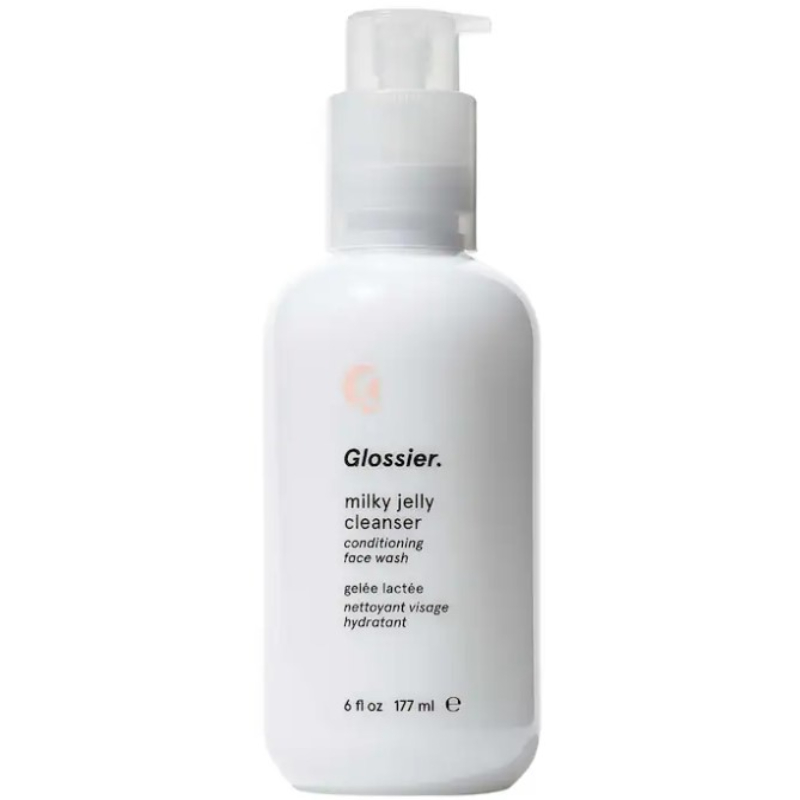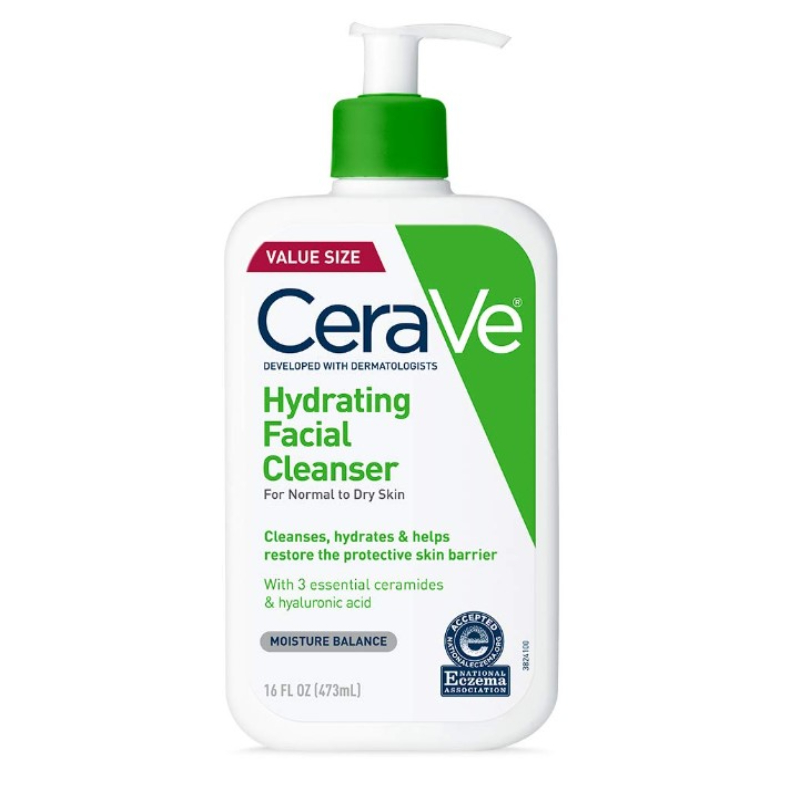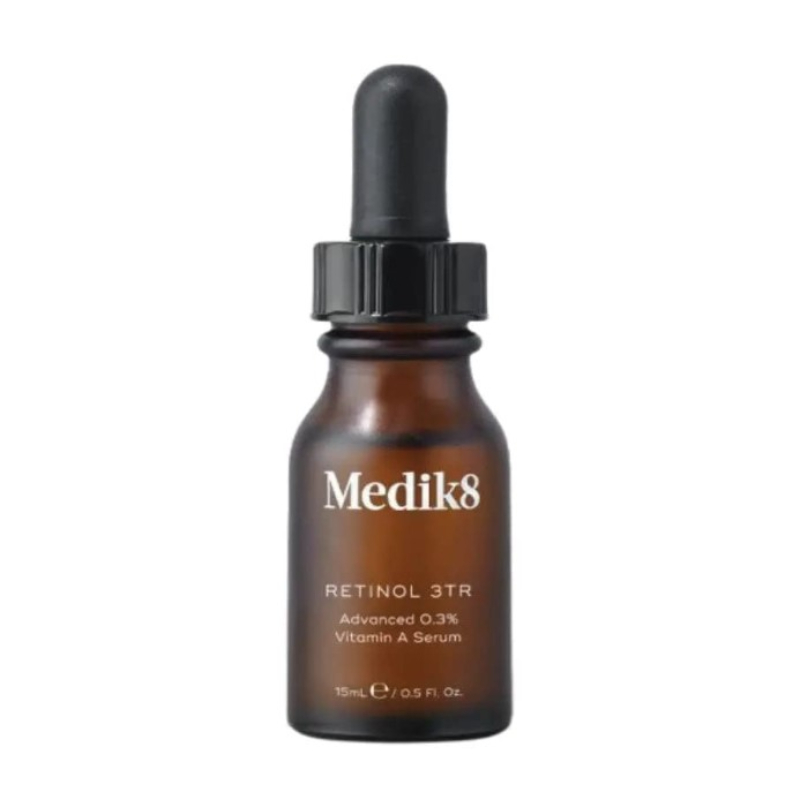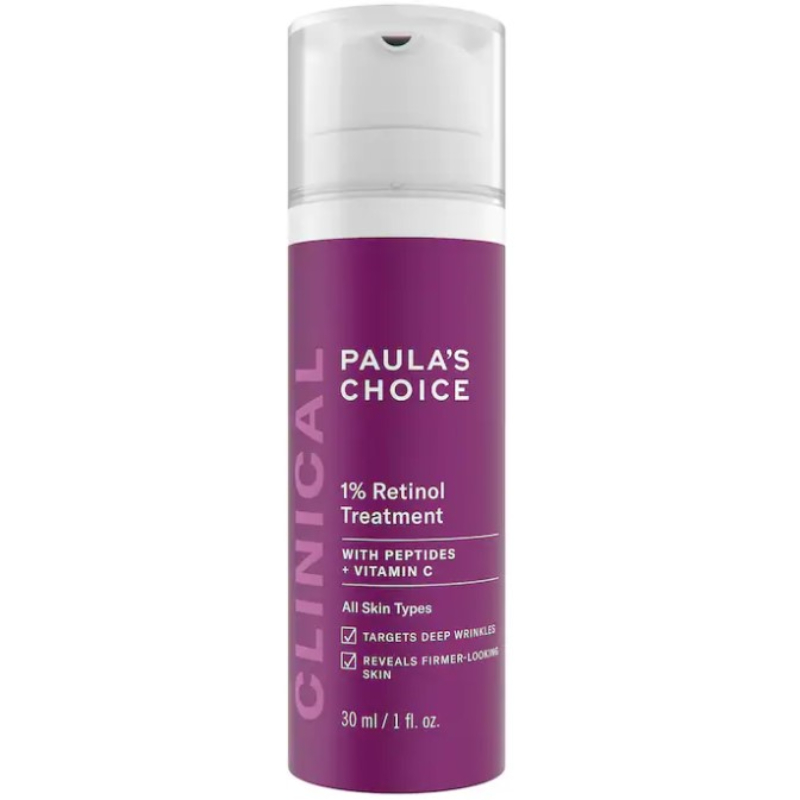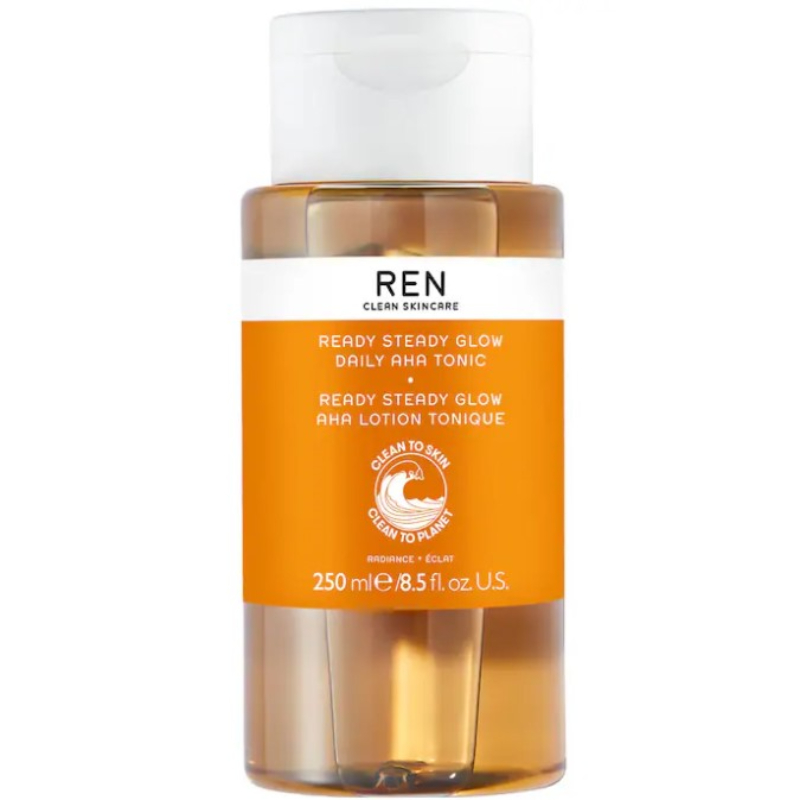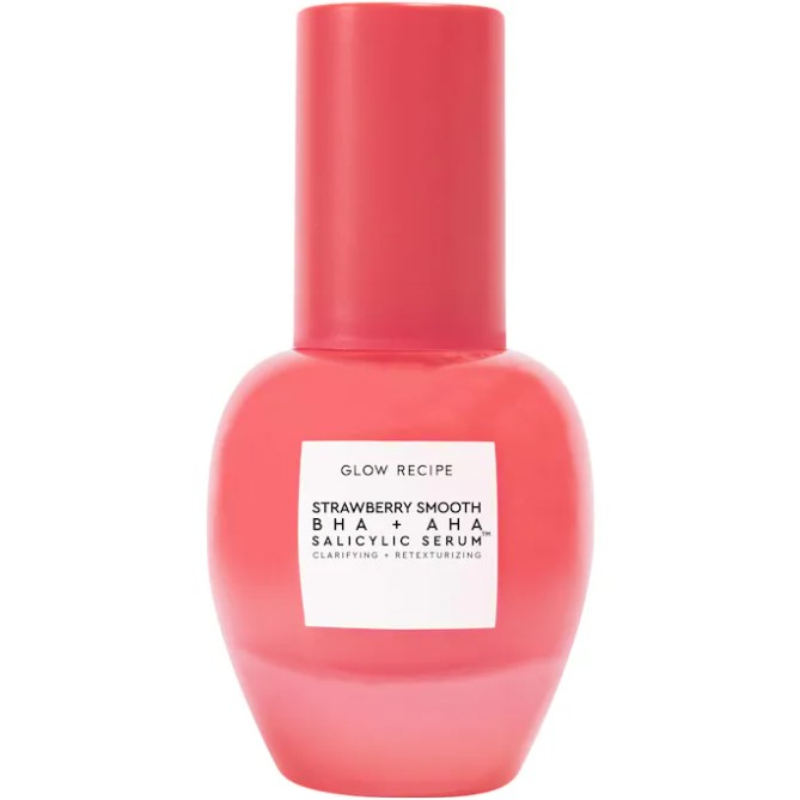'Skin cycling' is a regime that TikTok swears by—but what is it *exactly* and does it really work?
Allow us to clear away the fog around 'skin cycling'...
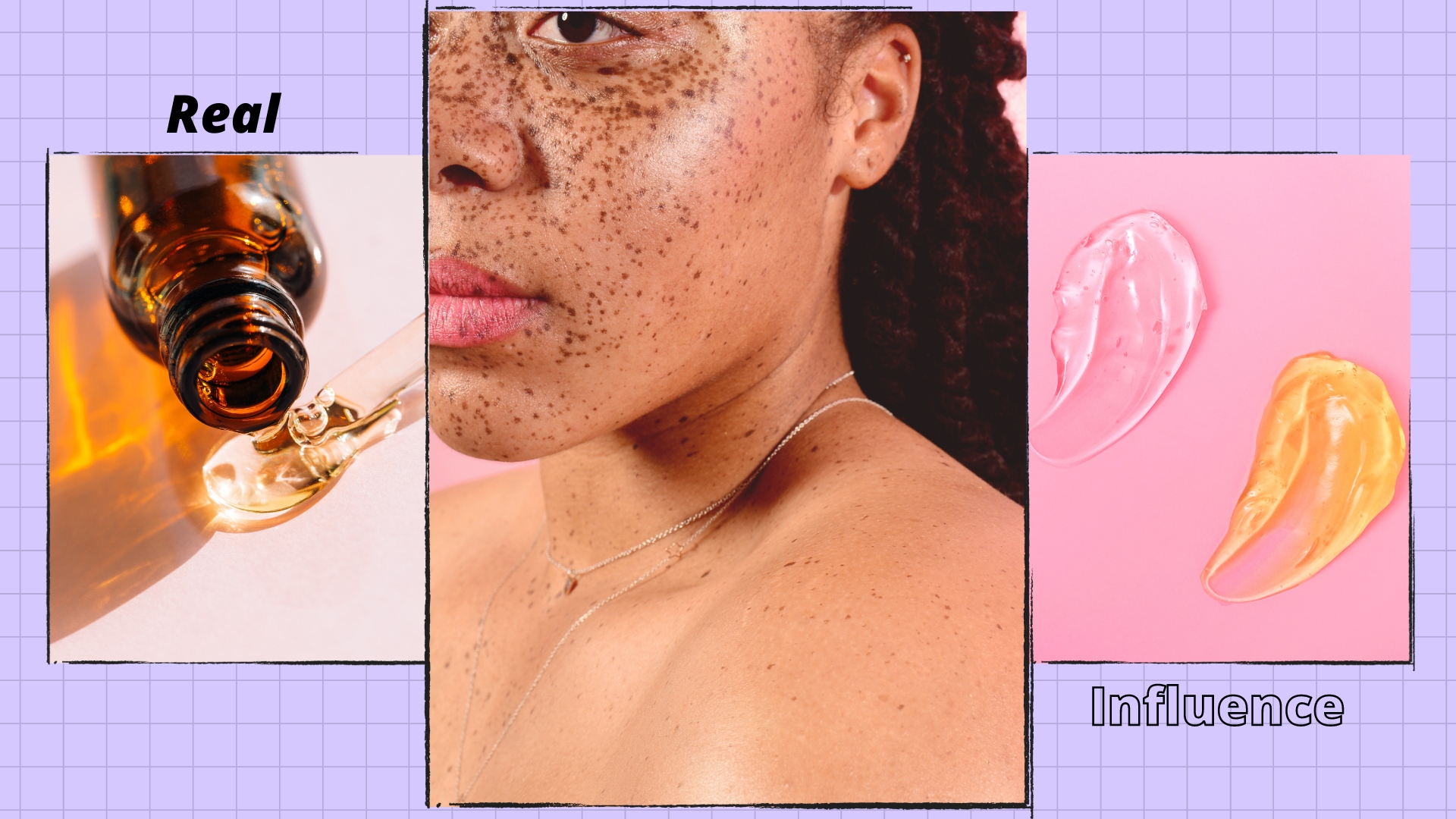

With new trends hitting our feeds every day and countless influencers working to decipher them for us, the overwhelm over which ones deserve our attention is *real*. So our Real Influence series takes the latest social media trends to the experts—doctors, dermatologists, sex experts and more—to go behind the trend and debunk what it's really about, if it'll actually work and, most importantly, whether it's safe to do.
'Skin cycling' is yet another trend making its way into the beauty zeitgeist but what is it all about and how do we factor it into our own regimes? We've asked the experts to lift the lid on TikTok's latest skincare obsession...
The app, for many of us, has become our one-stop for all things beauty—whether it's recs on the best non-comedogenic foundations or getting clued in on 2023's trending skincare ingredients. But alas, with viral status and hundreds of videos heralding or slating the latest hacks and products, things can get a tad confusing.
This brings us right on to 'skin cycling', which has joined the ranks of 'slugging' and gua sha facials, as the buzziest of skincare terms—so, let's dig into it, shall we?
Meet the experts tackling 'skin cycling' for us...
Dr. Whitney Tolpinrud is a dermatologist and the Medical Director of the skincare brand, Curology, who has offered her insights on all things 'skin cycling.'
Dr. Ifeoma Ejikeme is a Medical Consultant, skin expert and founder of the award-winning Adonia Medical Clinic. Her expertise has been featured in the likes of Vogue, Women's Health magazine and Tatler.
What is skin-cycling?
Skin cycling is really as it sounds—a cycle for your skin. The concept applies to your night-time routine, specifically if you're using active ingredients (like Retinols and AHAs) allowing you to factor in rest days, to prevent overuse and irritation for chemical exfoliants and so on. Here are some derm tips for Retinols, if you're new to the ingredient!
As Curology's Medical Director and dermatologist, Dr. Whitney Tolpinrud explains: "Skin cycling is a popular topic in skincare right now that involves cycling through different nightly treatments or active ingredients and building in 'rest days' to a skincare routine. The main goal of following this cycle is to give the skin some time to repair itself."
The term itself has over 400 million views on TikTok, with users sharing their skin cycling routines and product recommendations—especially around the best Retinol serums.
And while the trend seems to have garnered a ton of approval from skincare connoisseurs and dermatologists alike, there are a few things we need to talk about...
Does skin cycling work?
First things first, does skin cycling actually work? Now, it's important to note that everyone's skin and needs are different—one routine might work for some and not for others.
Dr. Tolpinrud explains that in some cases, skin cycling can boost the skin's barrier repair. She elaborates: "There is some data to support the notion that skin cells undergo DNA repair at night." However, she adds, "In general, when it comes to skincare, (including treatments like topical retinoids such as retinol or tretinoin), consistent nightly use as tolerated may generally offer the best results. If one is cycling off and on actives, the full benefit of each active may not be realized."
That being said, skin cycling can help to minimize potential irritation from these actives—especially if you're new to them and have not yet built up your skin's tolerance to their potency.
"That said," Dr. Tolpinrud adds, "not everyone needs to take this many nights off of their treatments. Overall, it’s important to follow the instructions for your specific product or to follow the advice of your dermatology provider if you are using prescription-strength products."
Dr. Ifeoma Ejikeme also notes: "Our skin goes through different phases and can have varying needs at different times. Adapting your skincare routine accordingly can help provide optimal care and address specific concerns more effectively. Skin-cycling can prevent overloading the skin with excessive active ingredients—reducing the risk of irritation or sensitization."
How to do skin cycling
As for nailing your own skin cycling routine, Dr. Ejikeme says to pay attention to changes in your skin's condition, "such as dryness, oiliness, sensitivity, or breakouts," explaining that, "this will help you determine if your current skincare routine needs adjustment."
She adds: "Consider the environmental factors that can affect your skin, such as changes in temperature, humidity levels, or sun exposure. If you have specific skin concerns, such as hyperpigmentation, acne, or aging, you can incorporate targeted treatments into your routine 2-3 days a week.
"When introducing new products, do so gradually to monitor your skin's reaction. Start with patch testing and then incorporate one new product at a time to ensure compatibility and efficacy."
Over at Curology, Dr. Tolpinrud emphasizes that "In general, to maximize the benefits of active ingredients, it is best to use them consistently," but notes that, "For certain people, a temporary routine of skin-cycling can help the skin adjust to a new active ingredient."
As for a skin cycling routine, according to Dr. Tolpinrud, "A typical example involves using a chemical exfoliant such as an AHA (alpha hydroxy acid) on night 1, a topical retinoid (such as retinol or tretinoin) on night 2, followed by 2 'rest days' without using any active ingredients. Then, the cycle repeats."
Dr. Tolpinrud adds that at Curology, they recommend a simple 3-step routine, with the AM consisting of, "cleansing, moisturizing, and protecting with SPF," followed by a nighttime regime of, "cleansing, treating (such as with a personalized prescription formula) and moisturizing in the evening."
"Consistency is key, and we find that this is usually an easy routine to follow. If one’s skin feels dry or irritated, it’s fine to skip a night (or more) of treatment to allow the skin to repair itself. Once the skin is back to baseline, resuming the routine will allow for maximal benefit from the active ingredients in one’s skincare routine," Tolpinrud concludes.
MIL's picks of skin cycling essentials

Naomi is a Lifestyle News Writer with the Women's Lifestyle team, where she covers everything from entertainment to fashion and beauty, as well as TikTok trends for Woman&Home, after previously writing for My Imperfect Life and GoodTo. Interestingly though, Naomi actually has a background in design, having studied illustration at Plymouth University but lept into the media world in 2020, after always having a passion for writing and earned her Gold Standard diploma in Journalism with the NCTJ.
Before working for Future Publishing’s Lifestyle News team, she worked in the Ad production team. Here she wrote and designed adverts on all sorts of things, which then went into print magazines across all genres. Now, when she isn’t writing articles on celebs, fashion trends, or the newest shows on Netflix, you can find her drinking copious cups of coffee, drawing and probably online shopping.
